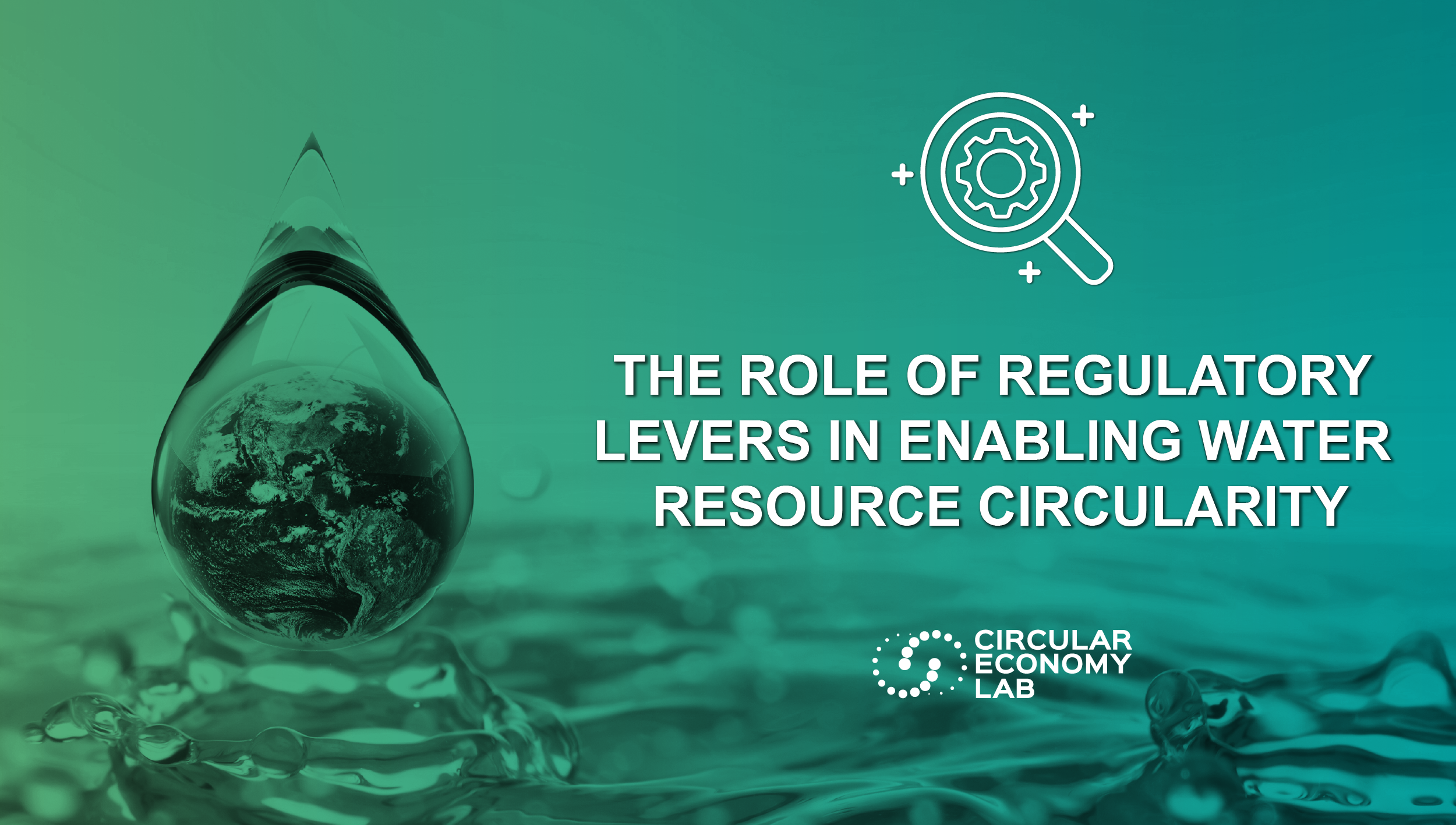
The Role of Regulatory Levers in Enabling Water Resource Circularity
An efficient and sustainable management of water resources impacts, directly or indirectly, 10 out of the 17 Sustainable Development Goals (SDGs) of the United Nations' 2030 Agenda. This is highlighted in the fifth edition of the white paper “Valore Acque per l’Italia” published by Ambrosetti in 2024, underscoring the primary and transversal role that water resources play in the transition process Europe is undertaking to secure a competitive, resilient, and sustainable future.
The Next Generation EU plan, defined by the European Council at the end of July 2020 to support the economic crisis of member states affected by the pandemic, allocates a total of 750 billion euros. Of this, over 210 billion has been earmarked for Italy, which, based on the guidelines established in the Next Generation EU plan, has developed a national package of reforms and investments, the PNRR (National Recovery and Resilience Plan).
The extended water supply chain plays a significant role in the allocation of the Plan's funds, with approximately 7.8 billion euros allocated to actions for a more efficient and sustainable management of water resources in Italy, distributed in the following intervention areas:
- Flood risk management and hydrogeological risk reduction: Funds are mainly allocated to the most at-risk areas, aiming to reduce emergency interventions, increasingly necessary due to frequent climate disasters, and to intervene preventively.
- Investments in primary water infrastructure for water supply security: Strengthening, completing, and extraordinary maintenance of derivation, storage, and primary water supply infrastructure across the country to improve water quality and ensure supply continuity.
- Reduction of losses in water distribution networks, including digitization and monitoring: Implementation of at least 45,000 km of new potable water distribution networks and reduction of water losses, especially in the South, by introducing advanced and digitized control systems for optimal resource management, reducing waste, and limiting inefficiencies.
- Investments in the resilience of the irrigated agro-system: Making water availability for irrigation more stable over time, supporting greater resilience of the agro-ecosystem to climate change and droughts through the conversion of current irrigation systems to more efficient ones using innovative technologies, reducing losses, and combating illegal water withdrawal in rural areas.
- Investments in sewerage and purification: Completion of unfinished sewerage infrastructure and construction of new purification plants following the “green factories” model, enabling the recovery of energy and sludge and the reuse of purified wastewater for industrial or irrigation purposes.
- Climate change monitoring and prediction: Development of a monitoring system to identify and predict risks on the territory, particularly hydrogeological ones, preparing effective prevention plans and appropriate territorial planning tools.
- Restoration and protection of seabeds and marine habitats: Actions to combat the degradation of Mediterranean ecosystems and recover at least 20% of seabeds and marine habitats in Italian waters by 2026, promoting the sustainability of key activities such as fishing, tourism, food, and blue growth.
In line with the general provisions of the European Union and the actions planned in the PNRR, the Drought Decree was approved in 2023, confirming measures on sewage sludge, desalination plants, reuse of treated wastewater for irrigation, as well as penalties for illegal water extraction and non-compliance in dam operation and maintenance activities.
Alongside resources and qualified personnel, a study conducted by REF Ricerche indicates that it remains crucial in Italy to strengthen the management and control role of the responsible entities, continuing to push for the integrated water system (introduced by Law No. 36 of January 5, 1994, known as the "Galli Law," which provides for a coordinated set of services for water extraction, conveyance, distribution, collection, and purification) to cover the entire national territory.
In conclusion, water resource management in Italy represents a complex and multidimensional challenge, crucial for achieving sustainable development goals. Only through an integrated and coordinated approach will it be possible to ensure a sustainable and circular management of water resources, capable of supporting the country's competitiveness, resilience, and sustainability in the long term.